AudioCulture
The noisy library of New Zealand music
Te pātaka korihi o ngā puoro o Aotearoa
Sola Rosa
aka Andrew Spraggon
One striking element of Sola Rosa’s music is that it often slides effortlessly between genres, even within a single track. This partially reflects the mixed musical diet that Spraggon grew up on. There were his father’s yacht-rock albums from the 1970s and his brother’s interest in post-punk and hip hop, which inevitably led back to funk influences such as The Meters and Funkadelic.
By the time he came to make music himself, Spraggon initially sought to emulate new wave acts such as Depeche Mode and Kraftwerk. He bought a synthesiser and began playing in his high school band, The Voice, which had four keyboard players and a drummer. Their selection of post-punk covers was enough to get them a gig at a school social, but they flickered out soon after. Spraggon then progressed from goth and synth music to atmospheric indie rock with his next bands, Brothers Grimm, The Exhibition, and Pink Frocks.
Pink Frocks morphed into Cicada in 1992, which Spraggon fronted as singer-guitarist. They signed to Failsafe Records for one EP and self-released another, as well as an album. However even at the height of grunge, there was a limit to how far an off-centre sounding indie band could get within the New Zealand music scene.
Meanwhile, Spraggon was losing interest in contemporary indie guitar music and instead was drawn to electronica, dance music, hip hop, and reggae. “I was largely influenced by labels such as Ninja Tune and Mo Wax as well artists like David Holmes, DJ Shadow and Howie B in particular. Also a series of releases called Dope On Plastic.”
After six years in Cicada, he wanted to explore those avenues in his own music and embarked on a new solo project.
Solo years
In 1998, Spraggon took a trip to Mexico, a country he’d always been fascinated by, and he took the chance to begin learning Spanish. The trip not only influenced his music, but also his decision about what to call his new project.
“When I eventually got back to New Zealand, I thought I’d better come up with an artist name, so I started putting Spanish words together and landed on Sol (sun) and Rosa (rose). I added the ‘a’ to make Sola as it flowed better off the tongue. I had no idea that it meant things in Spanish as well as Italian, such as ‘only Rosa’ and ‘only pink’.”
Returning to Aotearoa, Spraggon bought an Akai sampler and a Mac running Cakewalk software and taught himself how to use them. He found this basic set up wasn’t too far away from the 4-track recording he had done as a teen, so he gradually began creating his own music, based entirely on samples and keyboard parts.
“I was kind of burnt out by playing in bands and trying to achieve some success with that.”
“I was kind of burnt out by playing in bands and trying to achieve some success with that – like knocking on doors trying to get signed. By the time I came to do Sola Rosa, it was really just about getting some gear and having some fun making music. I ended up with four tracks I quite liked so I burnt a run of 50 CDs and sold them at shops like Beautiful Music and Soulsonic.”
His previous group, Cicada, had sometimes shown a downbeat, atmospheric edge to their music so it wasn’t surprising that Spraggon’s early work as Sola Rosa became a jumping-off point. The first two EPs, Starter for 4 (1999) and Entrance To Skyway (2000) were equally downbeat and the tracks built up gradually over long playing times, with almost all pushing far beyond the five minute mark. Spraggon constructed the tracks entirely from samples and keyboard parts, leaving his guitar entirely out of the picture.
As the popularity of Sola Rosa grew and sales of the EPs pushed past 500 copies, it became impractical for Spraggon to keep up with demand by burning them one-by-one.
By this stage, he was working out of his own studio behind the Lost Angel Café on K Rd, where he once worked. He updated his computer with Cubase software and taught himself how to use it by laboriously going page-by-page through the instruction manual over a period of months and trying out each of the features.
Entrance to Skyway won Best Independent Release at the 2000 bNet Awards and opener ‘Hi Five’ featured on the groundbreaking Sideways compilation released on Auckland label Round Trip Mars. It subsequently gained Sola Rosa his first international audience when Sideways was picked up by Australian label Creative Vibes and English label Different Drummer (for release in the UK and Europe), leading to ‘Hi Five’ appearing on compilations put together by Satélite K (Spain) and Stereo Deluxe (Germany).
Spraggon gained some useful advice from Round Trip Mars label owner “Stinky Jim” Pinckney, and he connected with one of the other acts on the compilation, Sean Donnelly (SJD).
“Stinky Jim was a bit of a mentor in the early days. It was new territory for me and he had both feet firmly planted in that electronic, home producer field. He was super helpful. SJD and I were thick as thieves. We were both doing the same thing as far as making music by ourselves which was largely sample-based and created on computers, so we started doing small shows on K Rd together.”
The melodic elements of each track on Solarized were allowed to shine through more than on the EPs and the beats were more danceable. The most striking addition was the increased use of Latin rhythms and the type of horn lines you might find in 1950s lounge music.Spraggon signed to Festival Mushroom Group for Sola Rosa’s debut album, Solarized (2001). Many of the tracks on the album were built off samples taken from vinyl which Spraggon layered with more samples and live instrumentation (even returning to guitar after a few years’ break). He spent 18 months completing the tracks before getting final mixing and mastering input from sound engineer Dale Cotton, whom Spraggon had met back when Cicada had played with HDU in the 1990s. Cotton had completed the final mix on Sola Rosa’s previous two EPs, and Angus McNaughton mastered them.
“SJD AND I WERE THICK AS THIEVES. WE WERE BOTH DOING THE SAME THING AS FAR AS MAKING MUSIC BY OURSELVES.”
This was electronica with the warmth of real instruments whether sampled or played, like the double bass on ‘King of Hush’, the conga playing that kicks off ‘Me In Your Shadow’, or the percussive scrapes of guiro on ‘Sunset Over’. There was enough groove to dance to, but it could equally work as laid-back mood music. Solarized wasn’t an overnight hit, but it eventually reached gold certification over a decade later, and won the Best Electronic category at the NZ Music Awards in 2002.
Spraggon kept one foot in the world of indie rock through his role as bass player for Dimmer, which came about through him befriending drummer Gary Sullivan. It led to Sola Rosa supporting Dimmer for a national tour and both acts played Rippon Festival that year. At that stage, the Sola Rosa live show was more like a DJ set, with Spraggon creating remixes of his tracks prior to performance then mixing them using a CDJ player.
Sola Rosa’s next album, Haunted Out-Takes (2003) had a similar jumping-off point, with beats laced by Latin music samples and lounge grooves, though Spraggon was gradually broadening the scope of his music. ‘Ready Now’ had the same percussive underpinning and splashes of horn but was far more upbeat than his earlier releases. He’d been listening to a lot of hip hop, which had a subtle influence on the album.
These two tracks were put out as a standalone EP with remixes by SJD and Juse, while ‘Ready Now’ also appeared on a Ministry of Sound compilation in Australia, laying the groundwork for a three-date Australian tour in 2004. Another track off the album, ‘Sleepwalker’ appeared on a compilation by US label, Guidance Recordings. There were positive signs at home too, with a four-star review in the NZ Herald and Sola Rosa winning Best Downbeat Release at the 2004 bNet Awards.
Haunted Out-Takes showed the first signs of Sola Rosa becoming more than just a solo project for Spraggon, as it featured a couple of guest musicians. Pluto’s Mike Hall played bass on noir soundscape ‘Terrorgosa’ and Don McGlashan performed a euphonium part (written by Spraggon) that drew together the multiple musical threads of ‘Sugarlines’.
Spraggon began thinking that it might be good to have other musicians contribute to his live show, since he was now getting decent slots at local festivals.
“I started getting bigger shows like Splore. But the real turning point for me was playing the Grey Lynn Festival. There were over 6000 people, but I was just standing there onstage by myself and I thought, ‘this is not entertaining’. So I didn’t want to keep doing it by myself. Ned Ngatae was the first person in the band, then Will Scott [drummer] and John Highsted [percussion]. Will would just play along with the bass line and it was a bit hit-and-miss. That’s when I heard about Ableton Live and started using that as a live sequencer.”
Will Scott was an experienced drummer who had previously recorded and performed with Dimmer, King Kapisi, Anika Moa, Goldenhorse and Don McGlashan; Ned Ngatae had played in Che Fu’s The Krates and Fat Freddy’s Drop. Scott later recommended Matt Short, who turned up initially to record bass for the then-unreleased track ‘Dead Man Walking’ before joining the live ensemble.
The Haunted Out-Takes tour included a full band for the North Island leg; Spraggon did a more stripped-down show for the South Island. The tour included a show in Wanaka that was briefly interrupted by an earthquake, though it was mild enough that he was able to return to the venue and complete his set after the rumbling had stopped.
A collaborative approach
By the time Spraggon came to his third album, he decided to devote himself full-time to his music. He had gradually progressed from Cubase to Logic to Pro Tools, before finally deciding to use Ableton in the studio (as well as live). He went to his home studio each morning after breakfast and worked until the late afternoon, treating it as a regular nine-to-five job.
Making music could be lonely, so Spraggon made a conscious effort to work with others.
However, it could be a lonely process and Spraggon was keen to push his music in new directions, so he made a more conscious effort to work with collaborators this time around. He continued to write the core elements of each track before considering which musician might be able to take the track in a new direction. The funky track ‘What If?’ lent itself to the acid-jazz horn playing of Nathan Haines. It also had an upfront beat that nodded to hip hop, so Manuel Bundy added samples and scratches to the mix.
Elsewhere there were contributions by guitarist Ned Ngatae, bassist Matt Short, and keyboardist Steph Brown (Opensouls, Lips). Tom Bailey from the Thompson Twins was living in Auckland at the time and had taken an interest in modern electronica – he provided production advice, as well as playing keys and co-producing ‘Breeze’s Blowing’. The contributions also helped towards Spraggon’s goal of creating tracks that could be played live by a band.
The most striking change on the album Moves On (2005) was that many tracks included vocalists. All were artists who already had a strong reputation on the international stage. ‘Redeemer’ was fronted by soul/R&B singer Deva Mahal, the daughter of US blues musician Taj Mahal, and she was just starting a career that would see her play festivals across the world. It went on to be one of Sola Rosa’s biggest tracks, with nearly two million streams in the Spotify era. A long tail of interest in the track helped Moves On to finally be certified gold in 2019.
Reggae and dub had always been an undercurrent in Sola Rosa’s music, but now it was allowed to shine through. UK vocalist Spikey Tee appeared on ‘Badman’ and Dominican singer Paul St Hilaire featured on ‘Breezes Blowing’ which was followed by the echoed out rhythms of ‘Dangerous Dub’.
Spraggon promoted the album by getting two of the vocalists – Deva Mahal and Spikey Tee – to join his live group, alongside the core four-piece of Ned Ngatae, Matt Short, John Highsted, and drummer Will Scott. This line-up made Sola Rosa a great drawcard for local festivals and led to spots at Rhythm and Vines, Big Day Out and Splore over the 2005/06 summer. Their progress was helped by a brief spell of having Scott Grafton come on board as a manager, since he knew the business from his work with Batucada Sound Machine and Tahuna Breaks. Spraggon continued getting the band together for live shows over the next couple of years, and he worked on Sola Rosa’s next album.
Going worldwide
Sola Rosa stayed with Festival Mushroom Records until they were bought out by Warner Music. After that, Sola Rosa had enough of a reputation throughout Australasia that Spraggon was able to release music successfully through his own label, Way Up Recordings. He also had a deal for Europe/UK with Melting Pot Music, a German label run by DJ Olski.
On ‘Bond Is Back’ Spraggon toyed at writing a theme for the famous super-agent.
There were over a dozen contributors on Sola Rosa’s next album, Get It Together (2009), which showed just how far Spraggon had come from his solo work at the beginning of the decade. It allowed him to add new elements to the Sola Rosa sound. One example is ‘Bond Is Back’ where he toys at writing a theme for the famous super-agent, with the assistance of James Duncan on guitar and Victoria Kelly composing string parts. Equally striking were the percussion parts played by Miguel Fuentes, who made his name working with US acts such as Isaac Hayes, George Benson, and Patti LaBelle.
As always, Spraggon was also aiming for an international sound, and he brought in overseas contributors such as German poet/singer Bajka and UK MC Serocee. However, one of the most successful tracks off the album was the single fronted by Aotearoa New Zealand singer Iva Lamkum. ‘Turn Around’ was released by Melting Pot as a 7" in Europe and later racked up over four million streams on Spotify.
Even this measure of success was outdone by what turned out to be the album’s biggest breakthrough – the mariachi horn and flamenco guitar-driven track, ‘Del Ray’. Spraggon wrote it with the help of guitarist Ben White, an important collaborator across the Get It Together album and on future releases.
‘Del Ray’ subsequently appeared on one of the incredibly successful compilations put out by Putamayo World Music and the track gained nearly ten million plays in the streaming era. Spraggon says he never received a cent from his label, Melting Pot, so missed out on some of the income from these recordings. He eventually took legal action to get his catalogue back from them.
Get It Together was followed by Get It Together – the Remixes (2010) and a matching album with instrumental versions of the remixes. In the meantime, the original album became Sola Rosa’s first album to be certified gold and a decent line of income began when multiple tracks were synched for screen productions.
Meanwhile, the Sola Rosa band was being kept busy on the live stage with high-profile shows that included slots at Splore, Ragamuffin, the Marlborough Wine Festival, and – in 2011 – at Womad. They then undertook an extensive overseas tour that included 30 dates across Australia, the UK, Europe, and the US.
Spraggon hooked up with well-respected international label, Agogo Records, for his next release. Started by legendary German dance music duo Mo’ Horizons to release their own music, the label had assembled an impressive international roster of artists.
HIGH-PROFILE SOLA ROSA SHOWS INCLUDED SLOTS AT SPLORE, RAGAMUFFIN AND WOMAD
A lot had changed over the preceding few years. Around the time of his previous album, Spraggon and his partner had their first child and now they’d had a second, so there was more time pressure than before. Drummer Will Scott was also parenting and chose to leave the group. Sola Rosa’s next album, Low and Behold, High and Beyond (2012) placed more emphasis on programmed beats and they subsequently toured without a drummer.
The music also showed far less influence from Latin, jazz, and reggae than previous releases; instead it drew on a modern funk sound. Fortunately his regular vocalist Spikey Tee wasn’t tied to the reggae style of singing since he’d also worked in both hip hop and drum ’n’ bass back in the UK. He performs on three of the album’s tracks.
This time around, the Sola Rosa band were brought into the studio far earlier in the process, particularly guitarist Ben White and bassist Matt Short. Spraggon brought in a range of new vocalists to feature on tracks. Wellington funk singer Ned Worboys (Harbour City Electric) appears on ‘Never Enough’ and solo artist LA Mitchell fronted what would become the album’s biggest track, ‘Spinning Top’ (two million streams and counting).
As always, Spraggon sought ways to tap into the international scene. He worked with US/UK/Sudanese singer Olivier Daysoul (aka Olivier St. Louis) for two tracks, most notably the lead single ‘Promise’ which appears on multiple compilations put together by France’s Wigram Records. It received its final production work overseas, with mixing by Grammy-nominated producer Yaron Fuchs and mastering by Ricardo Gutierrez, which was the first time Spraggon hadn’t been involved in this process.
When it came to touring the album, Spraggon found he was hampered by a long-term injury. His upper arm and hand had been in acute pain since the previous year and he was referred to a specialist.
“She checked out my hand with a camera and I had all these shattered bone fragments in there and tendons coming off the bone. I ended up having to have major surgery. The surgeon said that you need to give yourself a minimum of four months recovery. I don't even think I gave it that long. I went on tour overseas and ended up doing all the things I wasn't supposed to be doing like carrying equipment. You don’t want to be that guy in the band who’s always saying, ‘sorry, my surgeon said I can’t carry anything heavy’. No, you just have to pack up and get on with it. In the end, I had to go back for a second operation and they put a plate in my arm and took a bone graft from my hip.”
One element that had become easier was arranging the tours. Sola Rosa now had a new manager, Janette Searle, who helped liaise with the overseas tour management agencies and other industry folk that the act now dealt with. But Spraggon found himself going through periods of heavy depression over this time, partly due to his arm injury but also because of the constant financial pressure of touring and keeping his band together, as well as supporting his own family.
The album title Low and Behold, High and Beyond was a reference to this roller coaster of extreme highs and lows that he found himself going through. It took a number of years before Spraggon found himself returning to a sense of equilibrium.
International guest stars
Sola Rosa had often worked with vocalists with overseas connections over the preceding decade, but Magnetics (2015) took this to a new level with every featured artist being based overseas. What’s more, there were no instrumental tracks on the album and vocals were at the forefront to a higher degree than ever before.
“YOU DON’T WANT TO BE THE GUY WHO SAYS, ‘SORRY, MY SURGEON SAID I CAN’T CARRY ANYTHING HEAVY’.”
There were two New Zealanders in the mix, Noah Slee and Jordan Rakei, although both were based overseas. Rakei grew up largely in Australia before basing himself in the UK; his involvement with Sola Rosa came just prior to a massive career breakthrough that led to hundreds of millions of streams and a shout-out from Elton John.
Slee was on a similar path to international success, though not quite at the level of Rakei. He had been Berlin-based for two years at this point and his debut single came out the same year on Germany’s Soulforce Records. He appeared on three tracks on Magnetics, including slow stomper ‘Young The Giant’.
His contribution to the album was matched by UK singer Kevin Mark Trail, who also appears on three tracks. Trail was a member of UK chart-toppers The Streets but his interest in the culture of Aotearoa went even further back. “When I was at school my music teacher was Māori. He helped get me into singing. Then I came to New Zealand and played the Big Day Out with The Streets.”
Trail returned to play New Zealand again in the years that followed. During one of his trips Sola Rosa’s former manager Scott Grafton managed to arrange a writing session between Trail and Spraggon. The pair hit it off musically and this became the starting point for a long and productive working relationship.
The other vocalists on the album were similarly international: Tawiah (London), Georgia Anne Muldrow (LA), Olivier Daysoul (London), and Sharlene Hector (London). Back in New Zealand, Spraggon worked in his home studio with Ben White and Matt Short to create the 11 tracks that made up the album.
When it was time to tour, Sola Rosa brought Kevin Mark Trail along to perform the shows and gained a number of high profile slots overseas. Their eight-date tour of the UK included performances at legendary festivals Green Man and Shambala, then they headed to Amsterdam to take part in the esteemed Wicked Jazz Sounds series of club shows (as well as putting on their own headlining sideshow). They returned to Green Man Festival in 2017 and the tour included prestigious events such as the Secret Garden Party and Nozstock.
Spraggon still had a couple of incomplete tracks left over from the Magnetics recording sessions which he thought were worth releasing. This led to the In Spaces EP, which features three tracks with Kevin Mark Trail and one with Noah Slee, as well as two remixes by Turkish Flytones and Canadian duo Potatohead People.
The next album, Chasing The Sun (2020), turned out to be one of Sola Rosa’s most collaborative efforts, with Spraggon reaching out to many talented local musicians to provide their own spin on the recordings he’d been working on. Spraggon connected with former Opensouls members Jeremy Toy (guitar) and Julien Dyne (drums/percussion). Another important player was Michal Martyniuk (known for his work with Nathan Haines), whose songwriting ideas and Rhodes/keyboards performances are spread throughout the album.
In all there were over a dozen musicians on the album, making it the most “live” of the Sola Rosa releases, whether it was the Rhodes by Elia Gaitau, the synth playing of Jonathan Crayford, the horn arrangements by Hayden Godfrey or the brass, wind, and keys parts played by jazz/funk maestro Lewis McCallum. Of course, members of the Sola Rosa live band were also involved: Dixon Nacey (guitar), Matt Short (bass) and Peter Leupolo (keyboards). Even the producer, Andy Morton, threw some ideas into the mix (Morton also mixed the In Spaces EP). It all added up to an album that was sweet with melodies and funky beyond belief.
Spraggon matched these solid musical tracks with a similarly impressive range of vocalists. His publisher Native Tongue helped him set up recording sessions in Sydney with two rising Australian singers, Thandi Phoenix and New Zealand-born Wallace. This led to Phoenix appearing on the lead single, ‘Something Good’. Spraggon enjoyed the process of working with these two Australians so much that he went back a few months later to record a second track with each of them.
on the ‘Chasing The Sun’ album, Spraggon matched solid musical tracks with an impressive range of vocalists.
He also travelled to the UK to record vocalists, primarily setting up at London studio Tileyard. On one occasion, he had a session booked but the vocalist fell through. A person who worked at the studio mentioned that he managed an artist named Josh Barry, so Spraggon quickly checked out his music and found him to be a good fit, so a last minute arrangement was made to get him into the studio where he was able to write and record vocals on the spot.
Other vocalists came through recommendations Spraggon from friends in the industry: a club owner in Bristol suggested dub MC/vocalist Eva Lazarus and as well as singing on the album himself, Kevin Mark Trail suggested soulful singer Shach Seven.
Spraggon met another contributor, Kiko Bun, while doing a DJ set in support of Shapeshifter in London (Bun was also playing support as vocalist for Nextmen). Rounding out the album were Basement Jaxx’s long term collaborator Sharlene Hector, neo-soul singer Jerome Thomas and the always-impressive Troy Kingi.
The release of Chasing The Sun was done as a partnership with Kartel Music Group in the UK, which has a long history of supporting New Zealand acts in that part of the world. Spraggon found that the company was a great fit for Sola Rosa.
“I had heard of Kartel through friends in the industry, I knew that they worked with Freddie's [Fat Freddy’s Drop] and The Black Seeds, etc. Craig Pearce worked with me on the album campaign and he had a lot of experience with Kartel so I ended up signing a deal with them. It’s super important to get the music out to an international audience as my biggest audiences are largely the US, EU, UK, followed by New Zealand/Australia.”
Sola Rosa’s ability to promote the album was somewhat blunted by the arrival of Covid-19, which meant that it was impossible to tour overseas. It also meant many small record shops in Europe that might have stocked his record were being forced to shut down.
The album managed to garner a four-star review in Mojo magazine, which provided more proof – if it was needed – that Sola Rosa was still creating fresh, funky sounding tracks and discovering new avenues of sound. He has also started producing other artists, which gives him a chance to do creative work that doesn’t require the obsessive focus of his Sola Rosa output.
Sola Rosa has now been going for over two decades; one sign of the project’s success is the huge range of media which the group’s music has been used in. It ranges from the breakthrough indie movie Enough Said (starring James Gandolfini) to a high-profile ad campaign for Molson’s beer in Canada, to the popular console game Pit People. What’s more, tracks by Sola Rosa have appeared in a huge number of popular television shows, including Atypical, Criminal Minds, Made In Jersey, Gossip Girl, Queen Sugar, Bull, The Protector, Mob Wives, The Mindy Project, White Famous, The Almighty Johnsons, Girlfriends’ Guide to Divorce, and Grown-ish.
These days Spraggon has a more hands-on role in his career than ever before.
These days Spraggon has a more hands-on role in his career than ever before. He never intended becoming self-managed, but has found that it’s a lot better than losing money through mis-management, which has sometimes taken place in the past.
“The more of a back catalogue I have, the more sustainable it is. The one thing that I’m proud of is that I’ve managed to survive as a musician, even through near financial ruin at times. Making music as a living is what I’ve wanted to do ever since I was 11 years old. I grew up in that era when it was not seen as a realistic option as a career choice. So to have been able to do that for all this time has been a monumental achievement.”
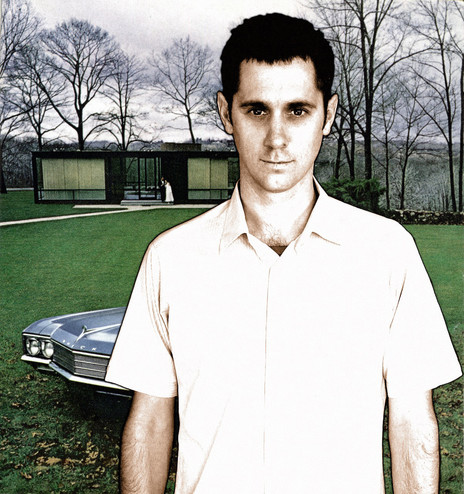
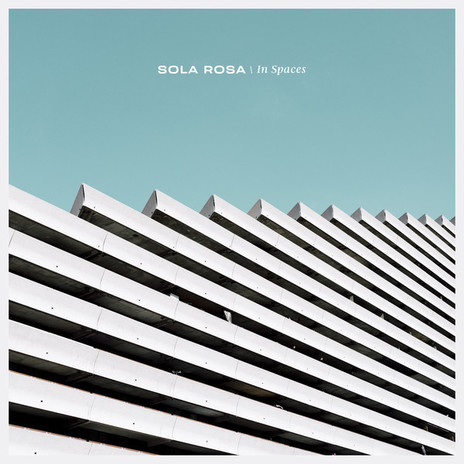
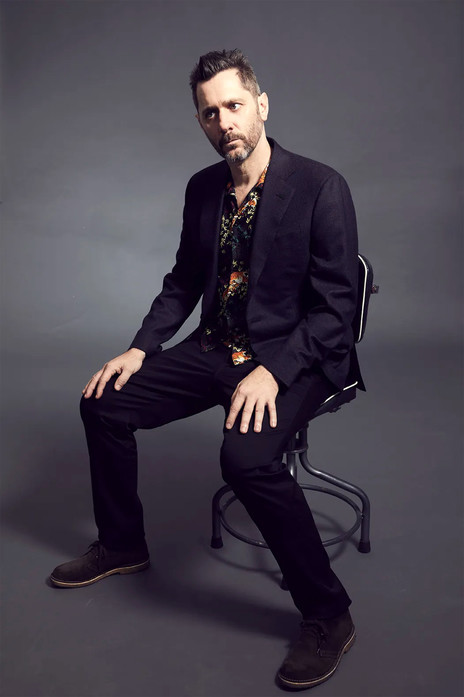
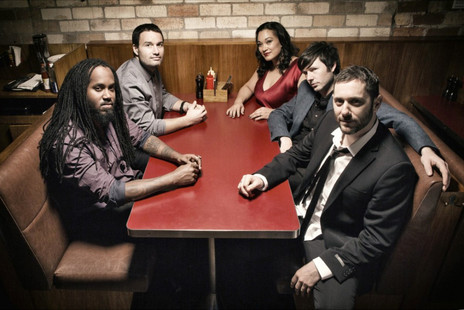
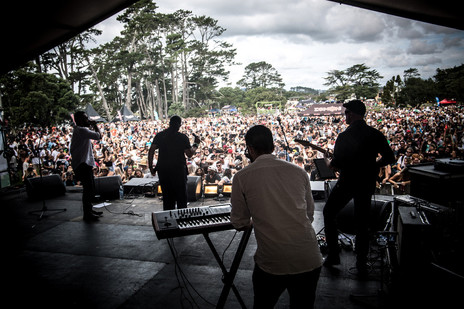
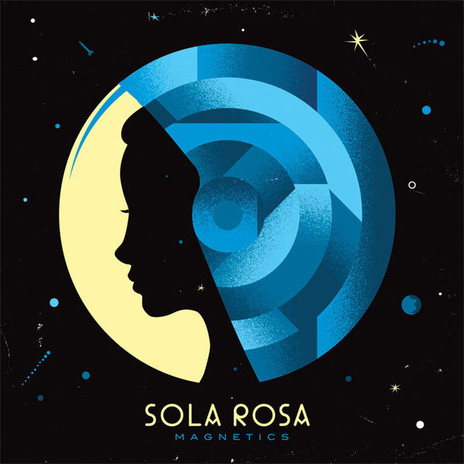
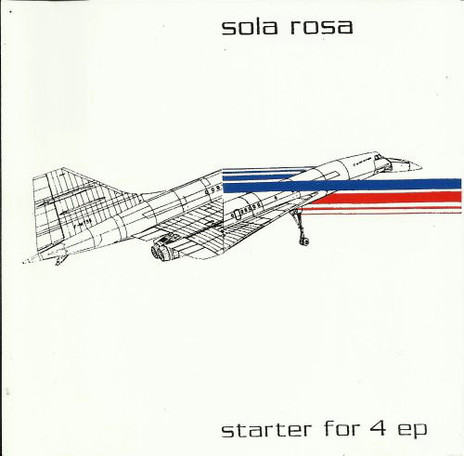
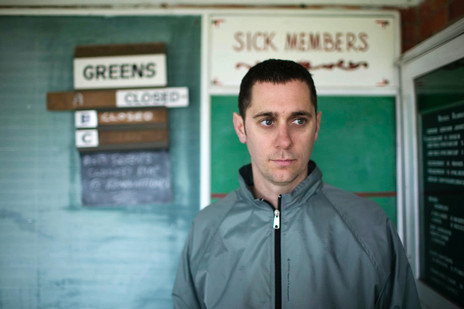
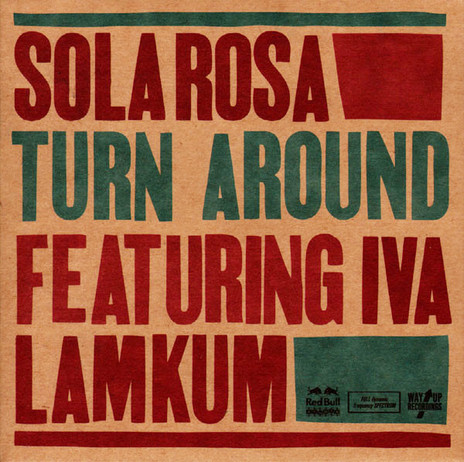
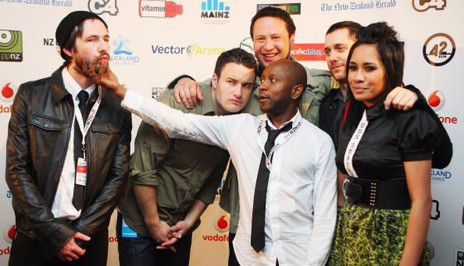
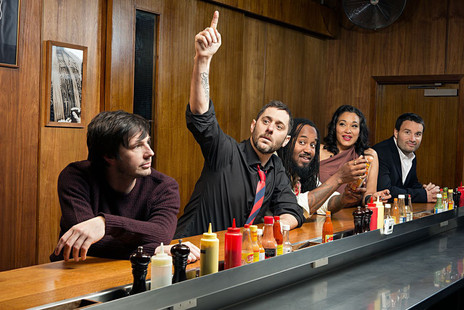
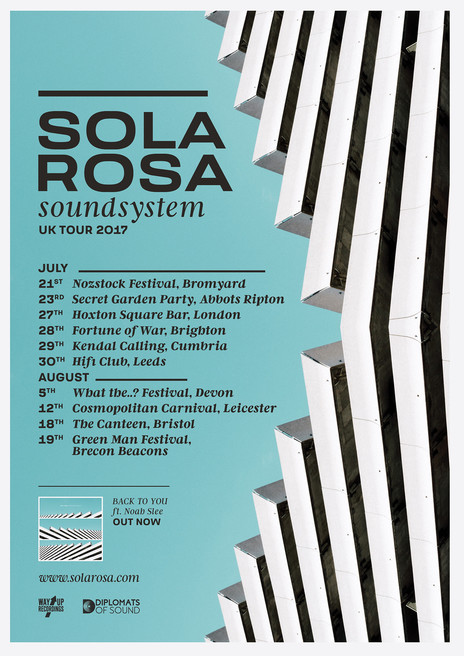
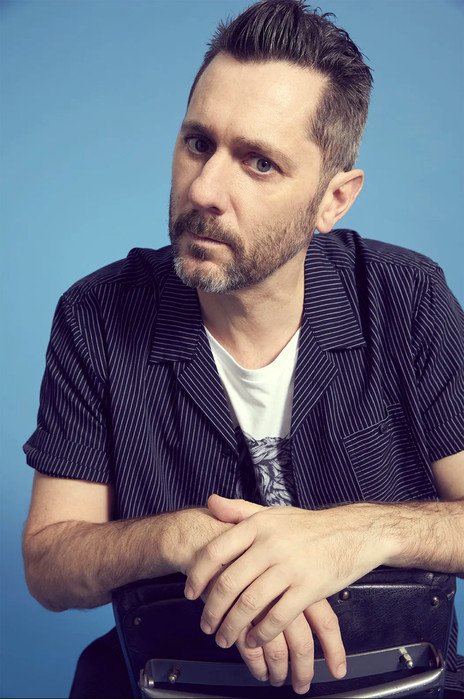
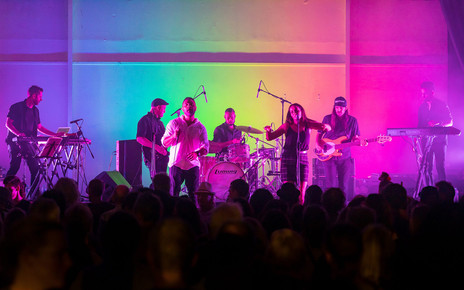

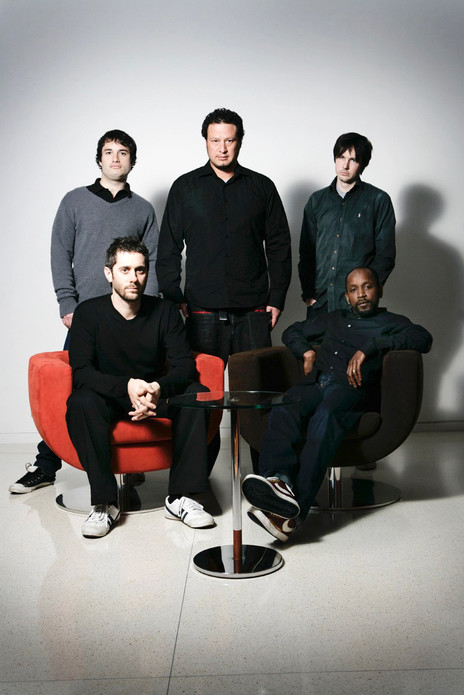
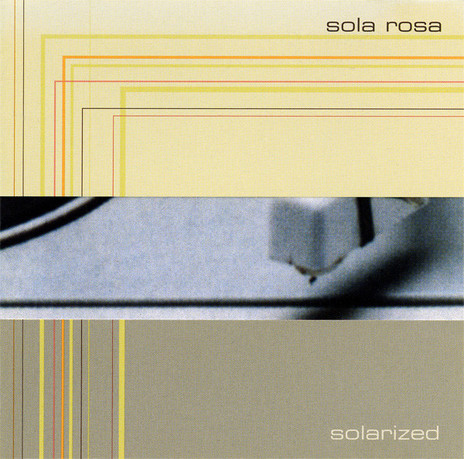
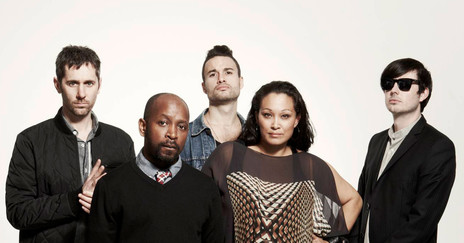

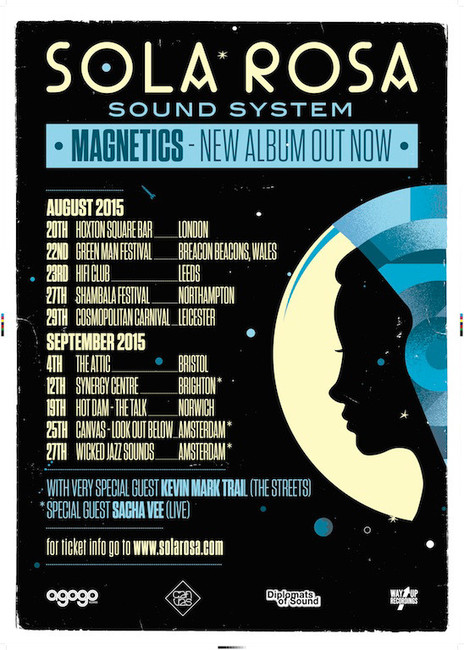
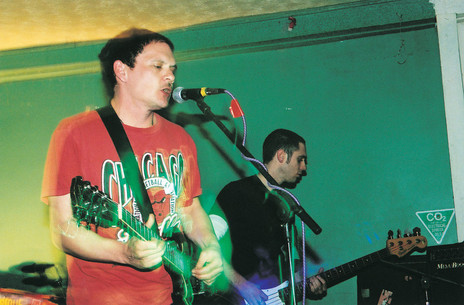
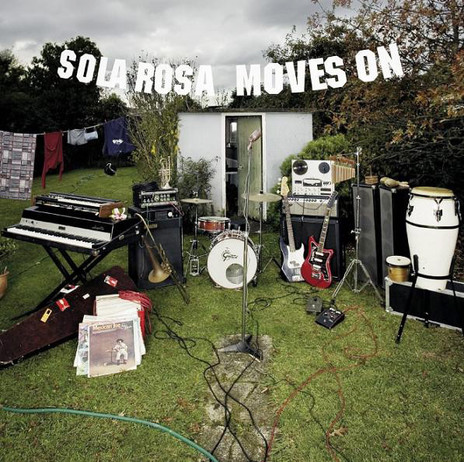
Way Up Recordings
Festival Mushroom Records
Melting Pot Music
Warner Music
Agogo Records
Kartel Music Group
BC Wax
Visit our sister site
NZ On ScreenMade with funding from
NZ On Air





